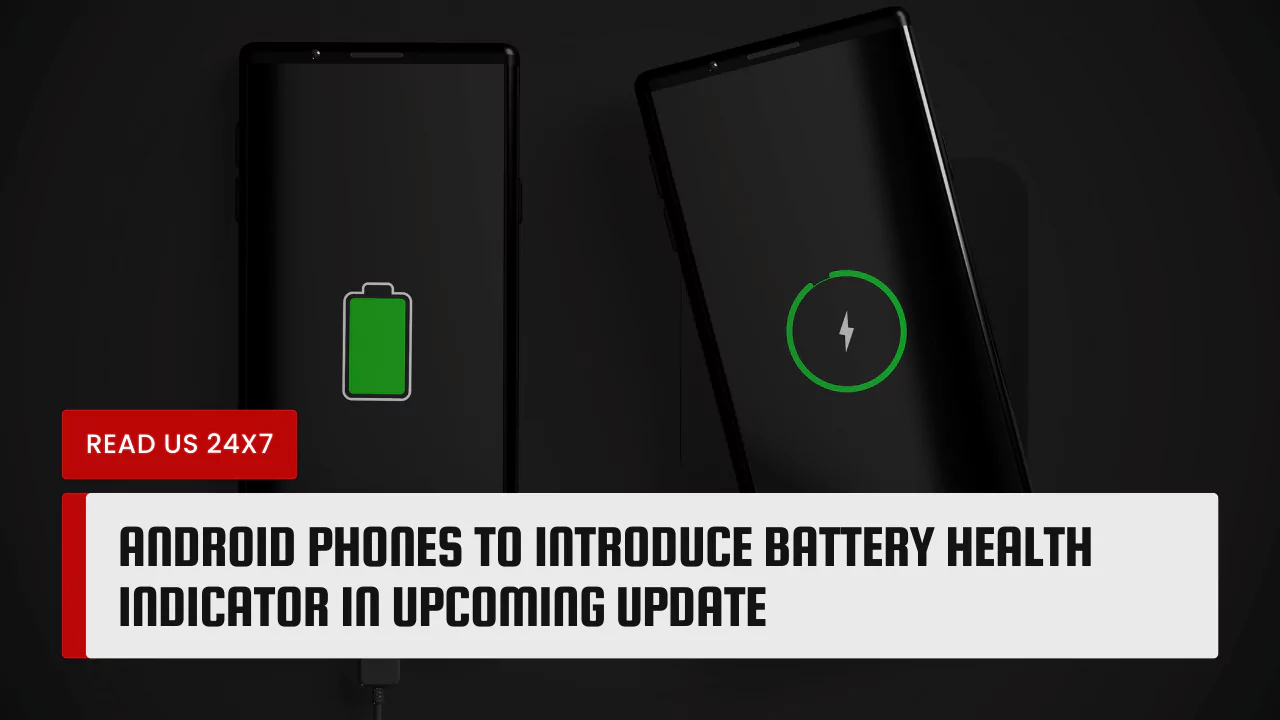Android users will soon be able to see the health of their batteries on their phones, thanks to a new feature that is expected to roll out in the next update. The battery health indicator will show the percentage of the original capacity that the battery can still hold, as well as the estimated time remaining until the battery needs to be replaced. This feature will help Android users to monitor and manage their battery performance and to decide when it is time to get a new battery or a new phone.
The Current State of Battery Health Indicators on Android
Google is reportedly working on incorporating a battery health indicator into Android phones, a feature long available to iPhone users. Unlike Apple devices, Androids currently lack a built-in battery meter, requiring users to resort to third-party apps or special command codes to assess battery health. The recent Pixel Feature Drop introduced some battery information, including the manufacturing date and cycle count. However, the Android 14 QPR2 Beta 2 is said to unveil a hidden “battery health” page, providing details such as the estimated percentage of charge compared to the original capacity. While the feature may seem basic to iPhone users, it marks a notable addition for Android owners who can access it directly from the Settings app. This development aligns with the increasing availability of genuine repair parts and self-repair guides.
The Potential for Battery Health Indicators on Android
The introduction of battery health indicators on Android phones will bring several benefits for Android users, as well as for the Android ecosystem. First, users will be able to see the status of their batteries and get updates on how their batteries are performing over time. This will help them to optimize their battery usage and to avoid behaviors that may damage their batteries, such as overcharging, overheating, or deep discharging.
Second, users will be able to know when their batteries need to be replaced, and to make informed decisions about whether to get a new battery or a new phone. This will help them to extend the lifespan of their phones, and to save money and resources. Moreover, users will be able to find compatible and reliable batteries for their phones and avoid counterfeit or low-quality ones, which may pose safety risks or performance issues.
The Influence of iPhone on Android
The battery health indicator feature on Android phones is likely to be influenced by the iPhone, which has been offering this feature for several years. The iPhone’s battery health indicator shows the maximum capacity and peak performance capability of the battery and also provides recommendations and options for users to improve their battery health, such as enabling low power mode, reducing screen brightness, or turning off background app refresh. The iPhone also notifies users when their batteries need to be serviced, and offers battery replacement programs at discounted prices.
The iPhone’s battery health indicator feature has been well-received by users and critics, as it has improved the transparency and trustworthiness of the iPhone’s battery performance, and has empowered users to take control of their battery health. The feature has also helped to address the controversy over the iPhone’s battery throttling, which was revealed in 2017 when Apple admitted that it slowed down the performance of older iPhones to prevent unexpected shutdowns caused by degraded batteries.
The Android’s battery health indicator feature may follow a similar approach as the iPhone’s, or it may introduce some new or different features, depending on the feedback and preferences of Android users and developers. However, it is clear that the Android’s battery health indicator feature will be a welcome addition to the Android platform, as it will enhance the user experience and satisfaction, and will boost the competitiveness and innovation of the Android ecosystem.



